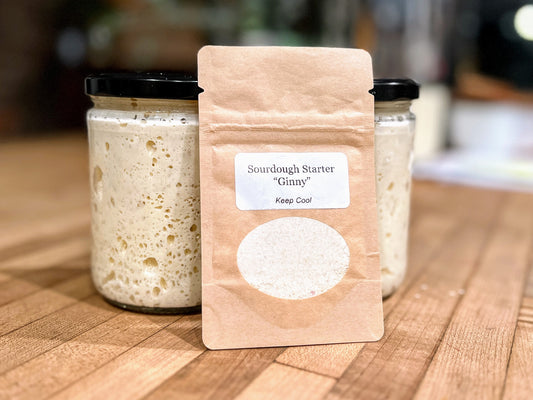Growing squash and pumpkins at home from seedlings is a rewarding endeavor that promises a bountiful harvest of flavorful and versatile fruits. With proper care and attention, you can enjoy an abundant supply of squash and pumpkins, perfect for incorporating into a variety of culinary dishes or using as festive decorations during the fall season.
We aim to help your garden thrive! From selecting the finest non-GMO seeds to employing organic farming practices, we take every step to promote the well-being of your plants. We grow in compost based mix, apply a wide range of prebiotics and inoculants, and harden them off before selling them. And the care we use shows. We’ve developed a cult following for our healthy, vigorous seedlings, with folks coming back year after year because ours establish quickly, grow faster and yield more than others' plants.
Easy Care For Abundant Squash or Pumpkins
Choose a sunny location in your garden with fertile, well-draining soil and plenty of space for the vining plants to sprawl. Space the seedlings according to their specific requirements to allow for ample growth and airflow. Bush types like zucchini, crookneck and acorn often need less space than butternut or pumpkins.
Summer squash thrives in warm weather and requires consistent moisture to produce tender, flavorful fruit. Water most squash deeply and regularly, keeping the soil consistently moist but not waterlogged, and mulch or weed fabric around the base of the plants helps retain moisture, suppress weeds, and regulate soil temperature.
Mulching around the base of the plants can help retain moisture, suppress weeds, and regulate soil temperature. Consider providing support for vining varieties by using trellises or cages to encourage upward growth and save space in the garden. Fertilize your squash plants with a balanced organic fertilizer every few weeks to promote vigorous growth and abundant fruit production. Harvest summer squash when they are young and tender, using a sharp knife to cut them from the vine. With proper care and attention, home gardeners can enjoy a continuous harvest of fresh summer squash for grilling, sautéing, roasting, and incorporating into a variety of delicious dishes throughout the growing season.
Zucchini types (including Magda and Romanesco), with prolific yields and tender texture, are a popular choice for home gardeners looking to add fresh produce to their meals. Plant zucchini seedlings about 24 to 36 inches apart, and provide support for the vines, if necessary. Ideal harvest size is 6-8”.
Crookneck type squash, with its distinctive curved neck and buttery flavor, is another favorite for home gardens. Plant crookneck squash seedlings about 24 to 36 inches apart and water deeply but infrequently, allowing the soil to dry out slightly between waterings. Harvest while the skin is still tender, typically 4-6” long.
Acorn squash, with its sweet, nutty flavor and distinctive ribbed shape, is a versatile addition to any kitchen. Plant acorn squash seedlings about 36 inches apart, and provide support for the vines, if necessary. Keep at 55 degrees or less, stores about a month so use them first.
Butternut squash, prized for its rich, creamy flesh and sweet flavor, is a staple in many kitchens. Plant butternut squash seedlings in a sunny location with fertile, well-drained soil, and water deeply and regularly to keep the soil consistently moist. Harvest when no tint of green remains in the skin. Cure before storage, keeps up to 6 months.
Pumpkins, whether for eating or fall decorations, take the same care as butternuts. To keep pumpkins through winter, curing is recommended; store in a cool, dry place. Storage life depends on the variety.
“Summer squash” like zucchini and crooknecks are set out in the spring and can produce until frost if pests are controlled. Their soft skins don’t allow for long-term storage. “Winter” squash are so named, not because they grow in the cold, but because their hard skins allow the to be kept in storage over some or all of the winter. All varieties of squash should be harvested before a freeze.
For more detailed guidance, grab your detailed care guide when you pick up your plants.
Picture courtesy of Johnnys Selected Seeds




